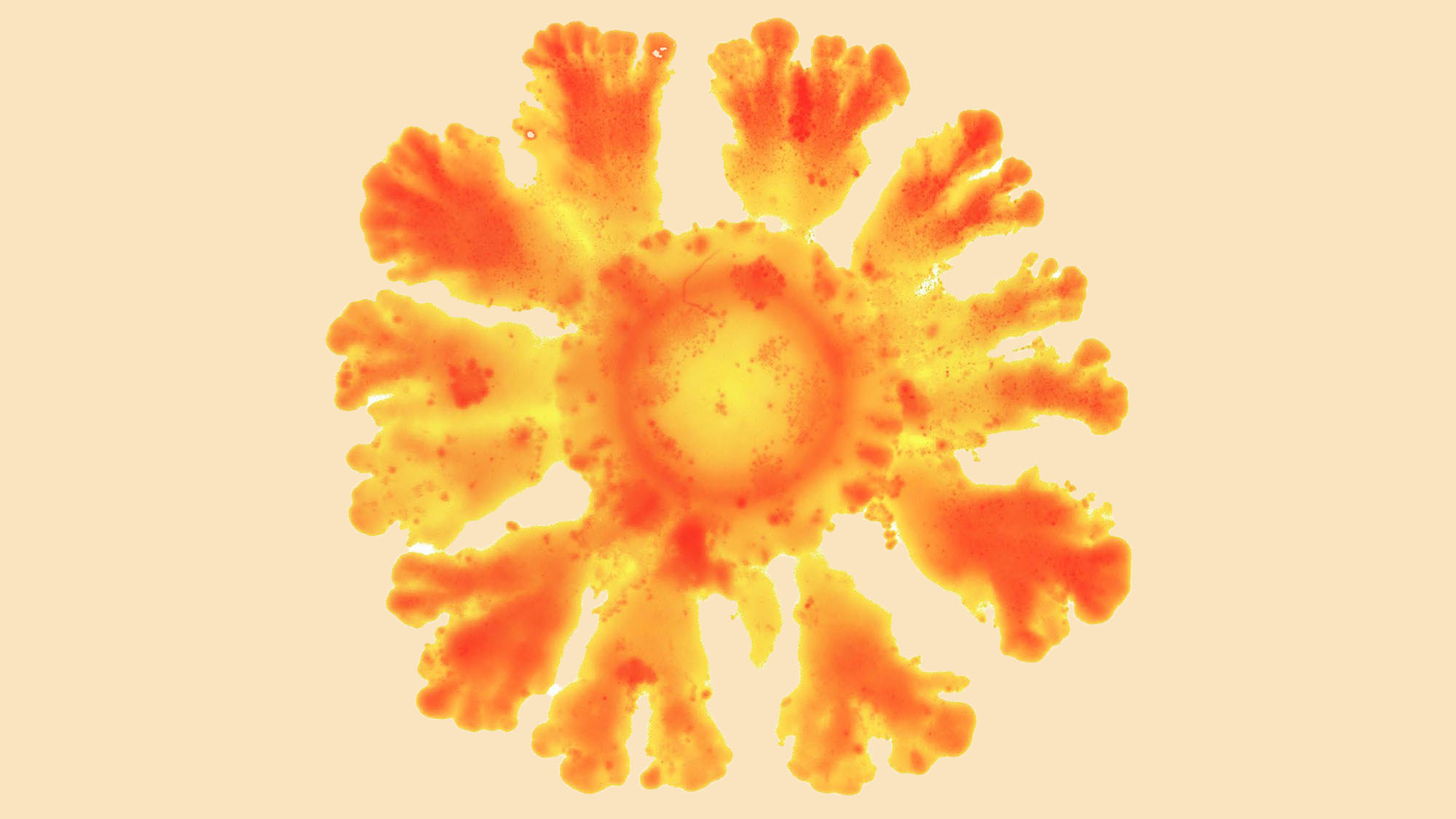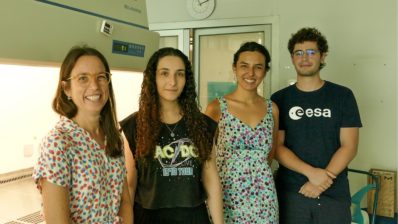Researchers at the Institute for Evolutionary Biology (IBE: CSIC-UPF) have designed a synthetic biological system that allowed them to modify the patterns of Escherichia coli colonies to recreate new spatial arrangements typical of the development of complex organisms, such as D. melanogaster flies or even human embryos.
To do this, thanks to the model, they identified the key parameters that determine the spatial patterns in E. coli and genetically modified three of them – cell division, adhesion between cells and long-distance communication capacity – to reach formations never seen before in these bacteria.
“This synthetic system paves the way to understanding a universal phenomenon such as embryonic development in a far simpler in vitro system”
Ricard Solé, leader of the research, IBE.
With this pioneering model, the authors say, it would be possible to learn to design the mechanisms observed in nature, such as the development from a zygote to a complete organism, and thus come to understand the processes that occur in developmental pathologies.
Duran-Nebreda S, Pla J, Vidiella B, Piñero J, Conde-Pueyo N, Solé R. Synthetic Lateral Inhibition in Periodic Pattern Forming Microbial Colonies. ACS Synth. Biol. 2021.






